Supporting Seniors Returning Home After Hospitalization: A Step-by-Step Guide
When a senior loved one is discharged from the hospital, it can be an emotional and challenging time for the entire family. Whether due to a fall, injury, or illness, transitioning back home requires thoughtful planning and resources to ensure a safe and comfortable recovery. This article explores practical steps families can take to support their loved ones and create a secure home environment during this crucial time.
Assessing the Situation: A Proactive Approach
LivWell recently helped a family after their mother had been hospitalized for a wrist injury sustained in while falling out of bed. Although her cognitive abilities and general health were intact, the family recognized she needed assistance to perform certain daily tasks safely while she recovered at home.
The family’s first step was to assess their mother’s home for safety and functionality. LivWell helped them evaluate the home’s accessibility, potential fall hazards, and the practicality of daily activities. These considerations can be overwhelming, especially for families navigating this situation for the first time, but partnering with organizations like LivWell Seniors can ease the process by providing expert guidance and support.
Creating a Safe and Accessible Home
One of the primary concerns for seniors returning home is ensuring the environment is free of hazards and adapted to their needs. Here are some key areas to address:

- Entrance and Exit Accessibility
- Evaluate how your loved one will enter and exit the home.
- Install ramps, railings, or other apparatus to assist with stairs if needed.
- Ensure pathways are clear and well-lit to prevent tripping.
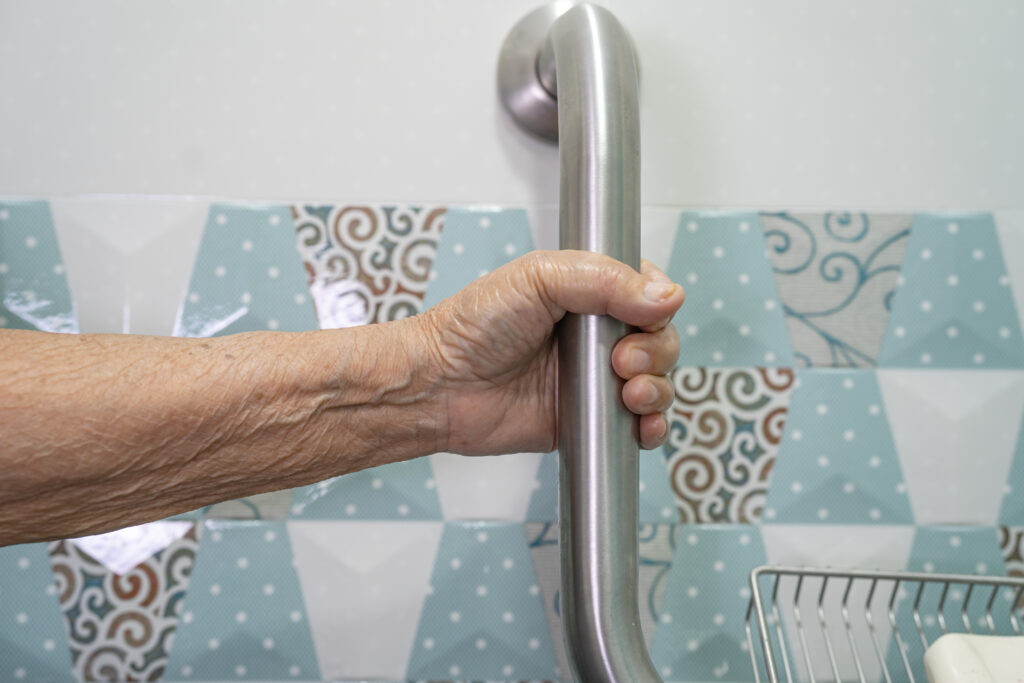
- Bathroom Safety
- Add grab bars in the shower, near the toilet, and along any other areas prone to slips.
- Replace towel bars with secure grab bars if they are being used for support.
- Use non-slip rugs or remove rugs entirely to reduce fall risks.
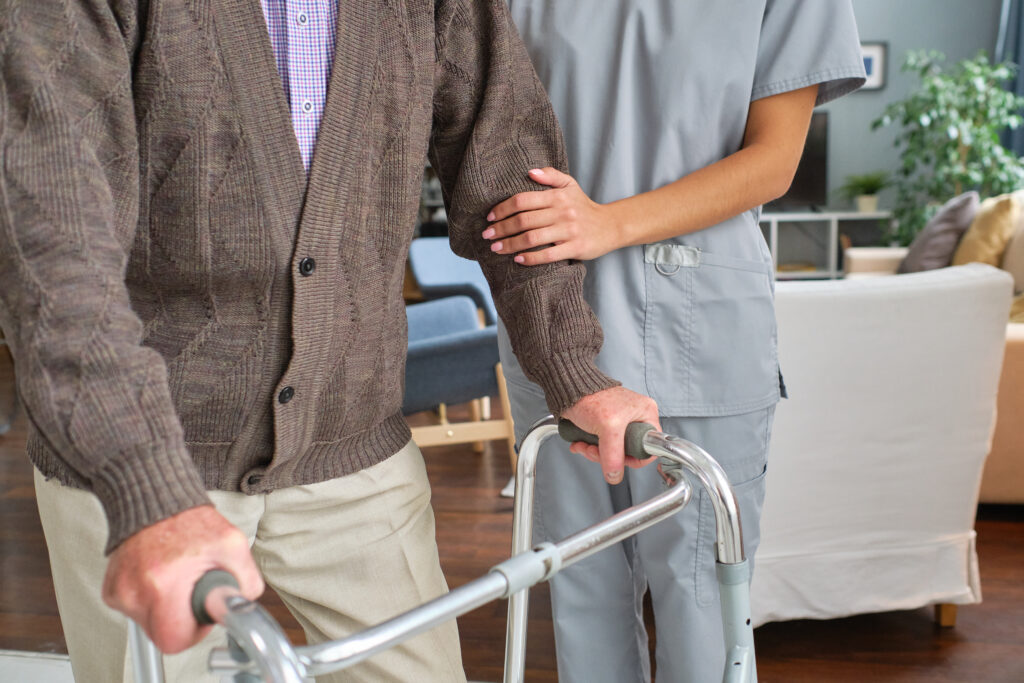
- Living Room and Bedroom Adjustments
- Remove obstacles like coffee tables or other furniture that hinder the use of mobility aids such as walkers or canes.
- Consider relocating the bedroom and bathroom to the main floor to minimize the need for stair navigation.
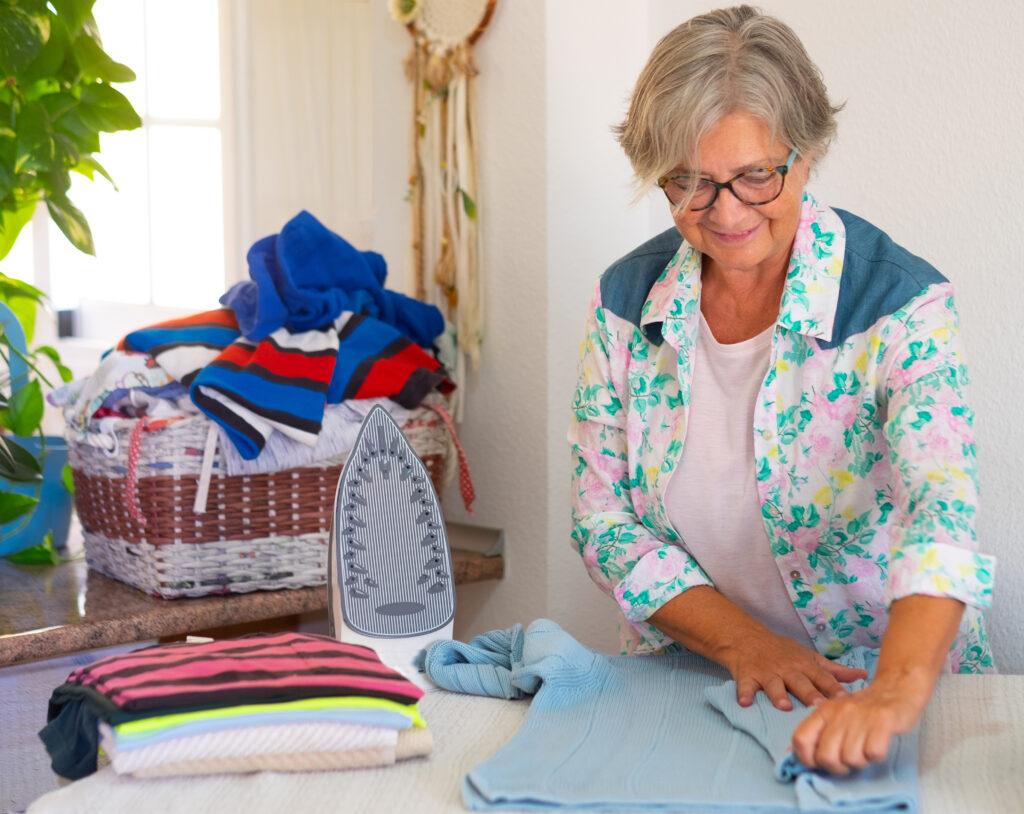
- Laundry Room Solutions
- If the laundry room is in the basement, explore relocating it to the main level or delegating laundry tasks to a caregiver or family member.
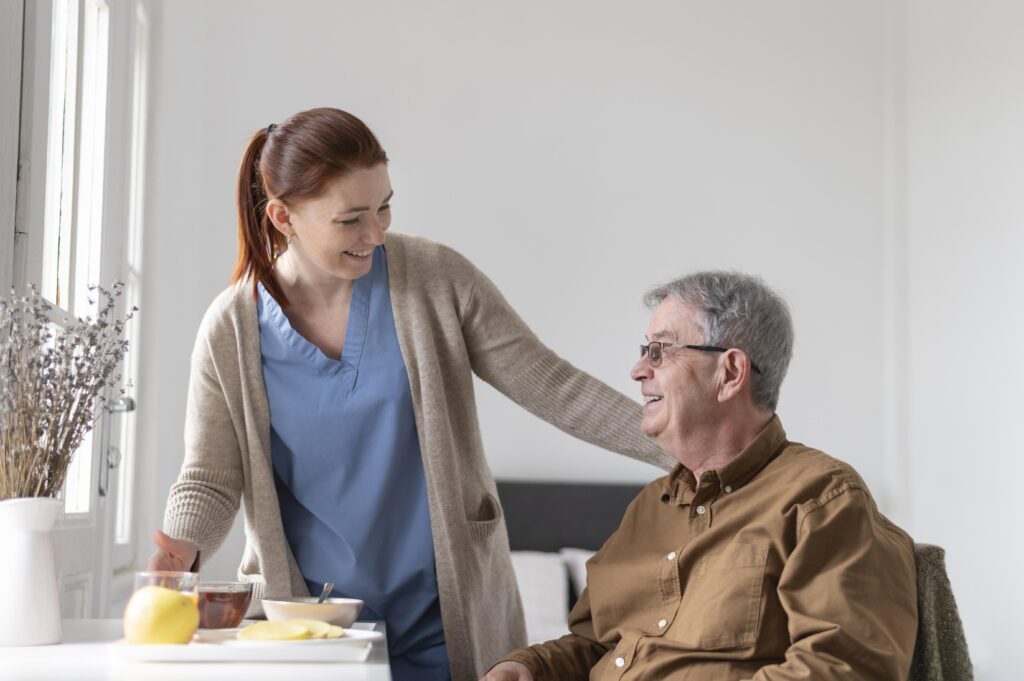
Temporary Home Care Services
For seniors recovering from an injury, temporary home care services can fill the gaps and provide essential support. In the case of the family LivWell helped, the mother’s wrist injury prevented her from cooking, managing laundry, or opening jars. By enlisting the help of a home care provider, the family ensured she could remain independent while receiving the care she needed.
Some examples of home care services include:
- Meal Preparation: Preparing meals that are easy to reheat and tailored to dietary needs.
- Laundry and Housekeeping: Handling linens and laundry tasks to avoid the risks of navigating stairs.
- Daily Living Assistance: Supporting activities like dressing, bathing, and medication reminders.
- Companionship: Offering emotional support and reducing feelings of isolation.
The Importance of a Personal Safety Device
For seniors who have experienced falls, wearing a personal safety device offers peace of mind. These devices allow the wearer to call for help at the push of a button, ensuring timely assistance in case of another fall or emergency. In this case, the family chose to invest in such a device to further enhance their mother’s safety and their peace of mind.

Conducting a Care Needs Assessment
When considering home care services, it’s essential to conduct a care needs assessment. During this process, professionals evaluate the senior’s capabilities and recommend the number of care hours required.
Key considerations include:
- How much assistance is needed for daily activities.
- Whether specific medical conditions require specialized care.
- The senior’s ability to manage tasks independently versus needing occasional or frequent help.
A thorough assessment ensures the right level of care is provided, balancing independence with support.
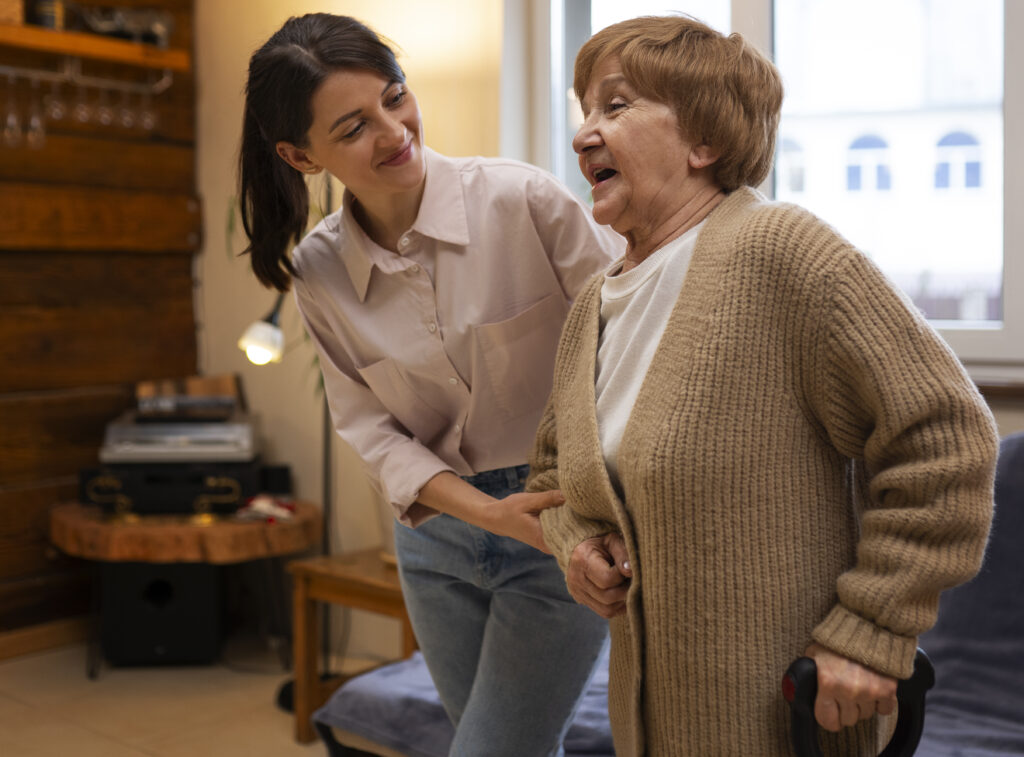
Balancing Family Support and Outsourcing Care
Many families initially try to handle caregiving responsibilities themselves, which can be a rewarding but demanding experience. However, factors like distance, work commitments, or personal limitations may make outsourcing care a more practical option.
It’s important to recognize the potential for caregiver burnout, which can result from juggling caregiving duties alongside other responsibilities. Utilizing home care agencies can alleviate stress and ensure your loved one receives consistent, quality care.
Resources and Support from LivWell Seniors
Navigating senior care doesn’t have to be a solo journey. Organizations like LivWell Seniors specialize in connecting families to trusted providers for caregiving resources, home care solutions, and senior living options.
- Free Services: LivWell Seniors’ services are free to families, as they are reimbursed by their network of trusted partners.
- Flexible Availability: Support is available during evenings and weekends for added convenience.
- Comprehensive Network: LivWell Seniors partners with a caring network of providers, offering everything from home care to senior living options.
If you need assistance, you can reach LivWell Seniors at LivWellSeniors.com or by calling 563-265-1577.
Final Thoughts
Helping a senior loved one transition home after an injury requires careful planning and the right resources. By addressing home safety, utilizing temporary home care services, and leveraging professional support, families can ensure their loved ones recover comfortably and confidently in their own homes.
Remember, it’s okay to ask for help. Whether through family, friends, or home care agencies, building a support system can make all the difference in creating a safe, nurturing environment for your loved one.
If you’re unsure where to begin, LivWell Seniors is here to help guide you every step of the way.

